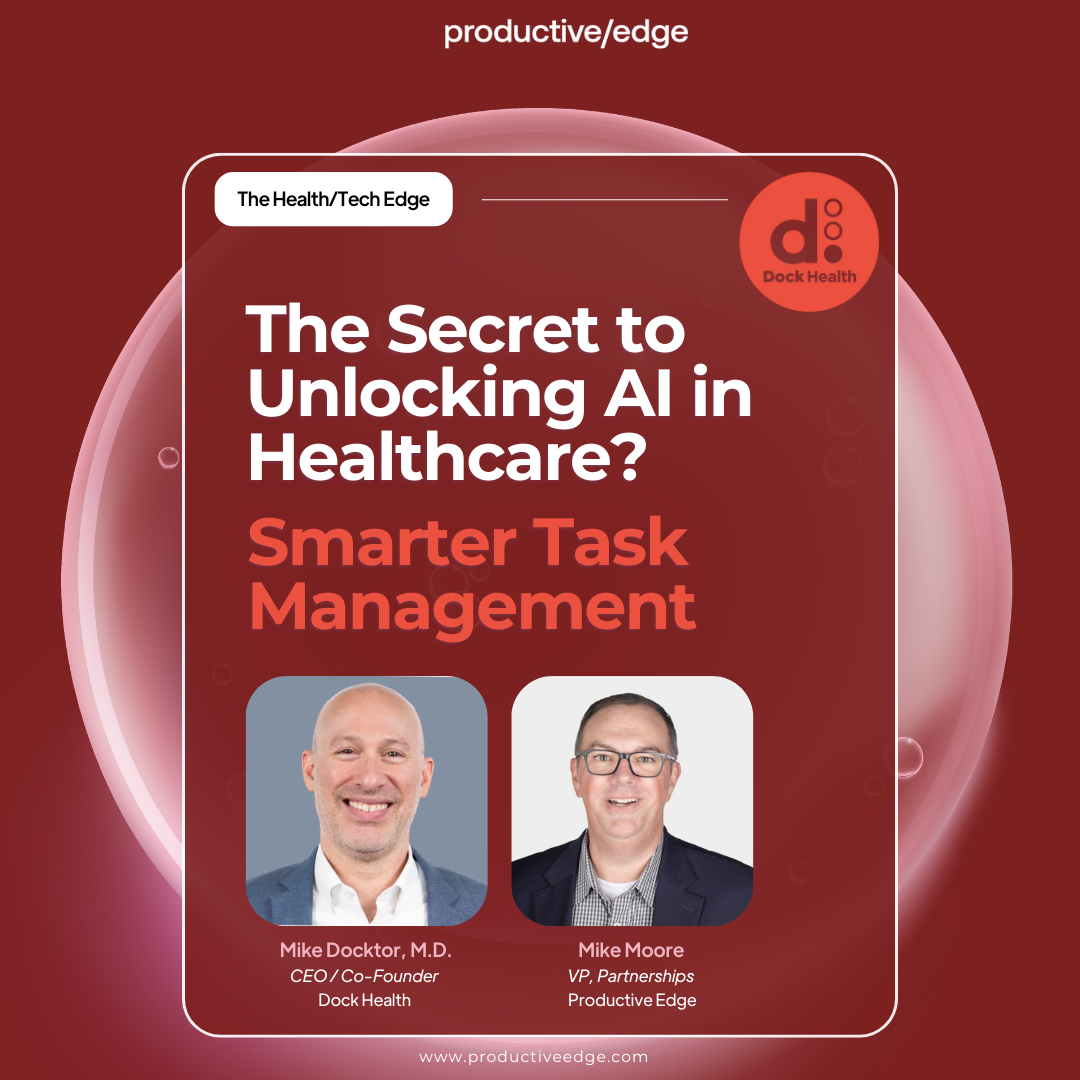League’s new report shines a much-needed spotlight on a core issue plaguing health plans: engagement that doesn't engage. The healthcare industry has spent years rolling out digital tools, mobile apps, and engagement campaigns. But despite this flood of activity, the results haven’t matched the investment. According to the report, 39% of digital member experiences fail to meet even the most basic expectations.
"Single touchpoints reduce the likelihood of return visits to just 27%."
That stat alone should give every health plan pause. Members are not just dissatisfied. They are disengaged, bouncing off disconnected portals and impersonal messages. And in a competitive environment, that disengagement has real consequences: rising churn, missed care opportunities, and higher downstream costs.
What stands out in League’s analysis is the clear recognition that engagement is not a feature. It is a strategy. One that has to move beyond a reactive, one-and-done mindset to a model that treats engagement as an ongoing journey. That journey needs to be rooted in trust, tailored to each individual, and supported with timely guidance. This kind of thinking is long overdue. It reflects how people actually interact with healthcare, as a chaotic, nonlinear experience where the right message at the wrong time still misses the mark.
70%+ of payers and providers say GenAI will most impact outcomes and experience.
League’s five building blocks for engagement are all grounded in this understanding: seamless user experiences, personalization at scale, behavior science, proactive outreach, and AI. We would add a sixth: integration with workflows. Engagement needs to do more than prompt action. It has to tie into the operational machinery of the health plan, touching care management, clinical programs, utilization management, and claims. Otherwise, the burden of coordination falls back on the member.
At Productive Edge, we are seeing these lessons applied in real-world environments. Our AI-powered agent accelerators deliver the kinds of interactions League describes. They are intelligent, ongoing, tailored to the individual, and embedded in operational workflows. These are not just nudges. They are purpose-built assistants that help members navigate benefits, complete health actions, and stay on track with care. And for the plan, they help close gaps, avoid unnecessary costs, and reduce the burden on call centers and care teams.
Case in point: One plan identified $120M in avoidable ER visits by investing in better member engagement.
When engagement works, the impact shows up everywhere: fewer missed appointments, higher satisfaction, more preventive care completed, better Star ratings, and stronger member retention. That is why the report’s framing is so important. Engagement is not about app usage or portal clicks. It is about health outcomes and cost control.
League deserves credit for putting out a clear, well-structured roadmap that health plans can follow to rethink their engagement strategies. The core message is simple: Better member experiences are not optional. They are central to performance and sustainability.
The cost of inaction is steep. As the report highlights, health plans risk falling behind if they continue to rely on disconnected, one-size-fits-all outreach. It is time to move from engagement as a department to engagement as infrastructure, baked into every touchpoint, decision, and workflow.
Bonus stat: For every $10B in payer revenue, AI can unlock up to $970M in medical cost savings.
We are glad to see this conversation gaining traction. But what matters most now is follow-through. Health plans do not need more tools. They need a unified, personalized, outcomes-driven approach to engagement that helps people get the care they need without unnecessary complexity.
This report sets the table. Now the work begins.



